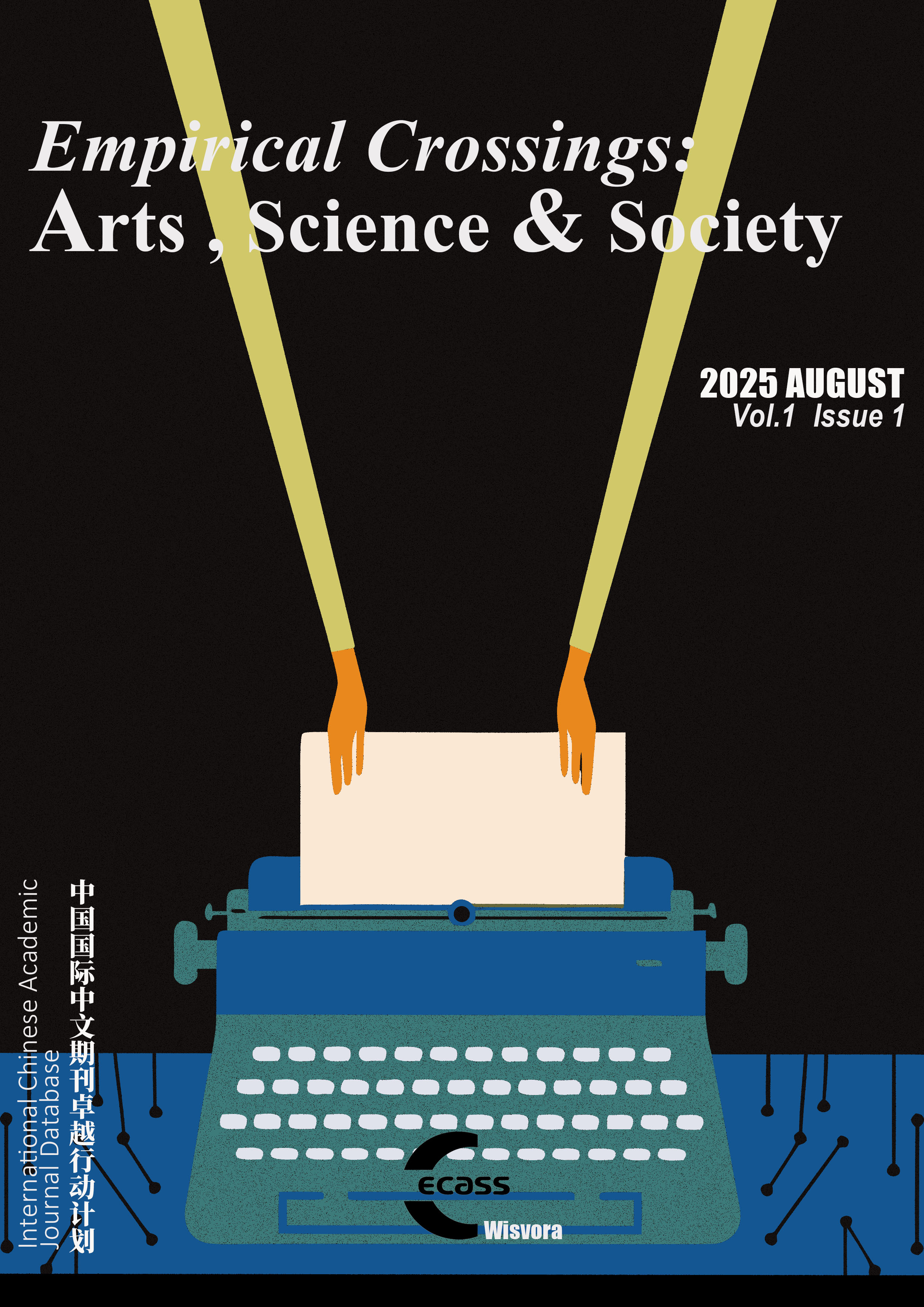Abstract
As generative AI technologies become increasingly embedded in educational settings, art educators are confronted with complex ethical dilemmas surrounding authorship, creative labor, and institutional responsibility. This study investigates how Chinese art teachers in secondary and higher education interpret and respond to AI-assisted student artworks. Drawing on mixed methods, including a national survey with 312 participants and six focus group interviews, the research identifies three intersecting axes of ethical tension: judgment authority, creative process valuation, and moral responsibility. The findings reveal a precarious ethical terrain in which teachers, in the absence of clear curricular policy, serve as de facto arbiters of originality and legitimacy. Educators express ambivalence toward AI-generated outputs, navigating between conceptual authorship and visual authenticity while relying on personal heuristics and emotional labor to manage evaluation uncertainty. Building on postdigital ethics and theories of aesthetic agency, the article proposes a layered authorship model and calls for the institutionalization of AI-disclosure protocols and the development of national guidelines on creative ethics. This study contributes to the emerging discourse on educational justice and aesthetic governance in technologically mediated classrooms.
References
Biesta, G. (2015). The beautiful risk of education. Routledge.
Braun, V., & Clarke, V. (2006). Using thematic analysis in psychology. Qualitative Research in Psychology, 3(2), 77–101. https://doi.org/10.1191/1478088706qp063oa
Campbell, E. (2008). Teaching ethically as a moral condition of professionalism. In J. Goodlad, R. Soder, & K. Sirotnik (Eds.), The moral dimensions of teaching (pp. 51–70). Jossey-Bass.
Creswell, J. W., & Plano Clark, V. L. (2011). Designing and conducting mixed methods research (2nd ed.). SAGE.
Elgammal, A., Liu, B., Elhoseiny, M., & Mazzone, M. (2017). CAN: Creative adversarial networks, generating “art” by learning about styles and deviating from style norms. arXiv preprint arXiv:1706.07068.
Fetters, M. D., Curry, L. A., & Creswell, J. W. (2013). Achieving integration in mixed methods designs—Principles and practices. Health Services Research, 48(6pt2), 2134–2156. https://doi.org/10.1111/1475-6773.12117
Haenfler, R. (2014). Subcultures: The basics. Routledge.
Horton, C. B., White, M. W., & Iyengar, S. S. (2023). Bias against AI art can enhance perceptions of human creativity. Scientific Reports, 13, 19001. https://doi.org/10.1038/s41598-023-45202-3
Issak, A., Tang, Y., & Wu, L. (2023). AI-generated visuals and the ethics of display: A case study of Kaleidoscope Gallery. Informatics, 11(2), 37. https://doi.org/10.3390/informatics11020037
Jaeggi, R. (2018). Critique of forms of life (C. Cronin, Trans.). Harvard University Press.
Kou, Y., Chen, S., & Yang, J. (2023). Educational judgments in uncertain ethical scenarios: A study of AI-assisted creativity. Education and Information Technologies, 28(2), 355–374.
Li, H., & Chen, Y. (2024). Navigating artistic authenticity in the AI era: Teachers’ dilemmas and informal policy responses. Art Education Review, 46(1), 55–72.
Lima, G., Grgić-Hlača, N., & Redmiles, E. M. (2024). Public opinions about copyright for AI-generated art: The role of egocentricity, competition, and experience. arXiv preprint arXiv:2407.10546.
Liu, C., & Song, J. (2024). Governing AI use in education: A policy review across East Asian systems. Computers, 14(154). https://doi.org/10.3390/computers14070154
Nunnally, J. C., & Bernstein, I. H. (1994). Psychometric theory (3rd ed.). McGraw-Hill.
Rolling, J. H. (2011). Arts-based research primer. Peter Lang.
Sockett, H. (1993). The moral base for teacher professionalism. Teachers College Press.
Sun, Q., Lee, S. J., & Xu, Y. (2024). Museum curators and AI-generated art: Display ethics and authenticity dilemmas. Cultural Heritage Informatics, 12(3), 145–162.
UNESCO. (2021). AI and education: Guidance for policy makers. UNESCO.
Wang, L., & Zhang, M. (2023). Ethical uncertainty in AI-supported art education: A case study from Chinese primary schools. Asian Education Studies, 9(2), 112–127.

This work is licensed under a Creative Commons Attribution 4.0 International License.
